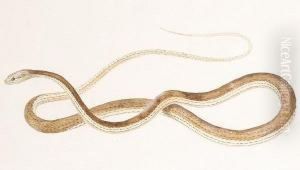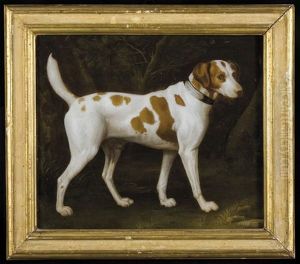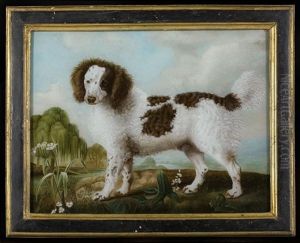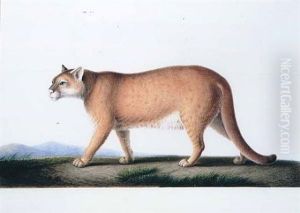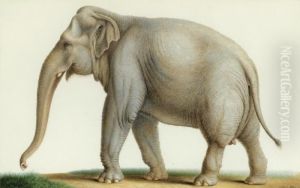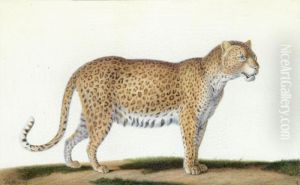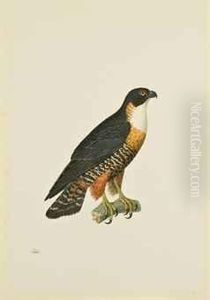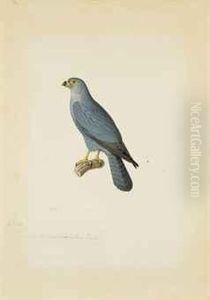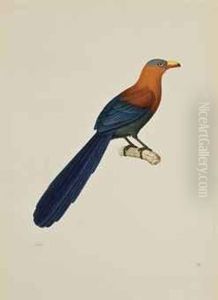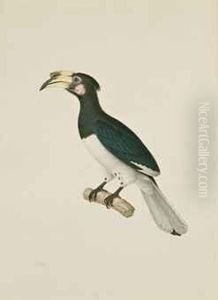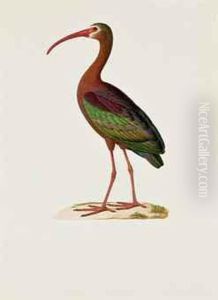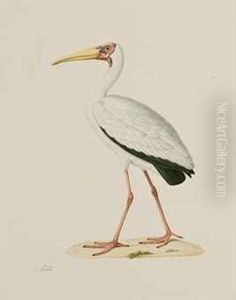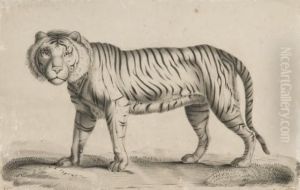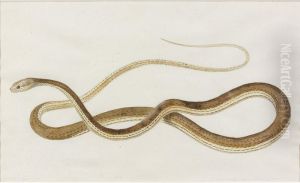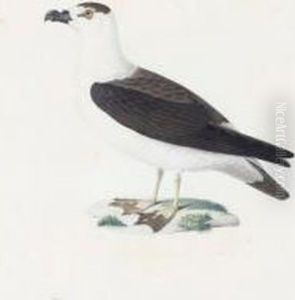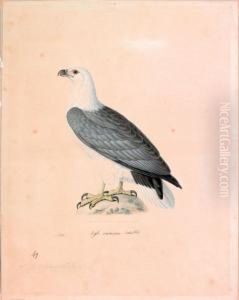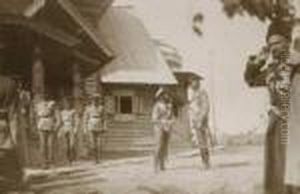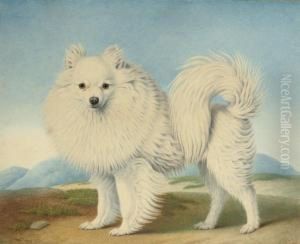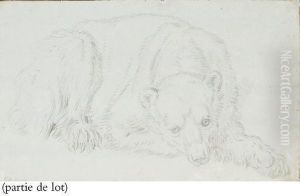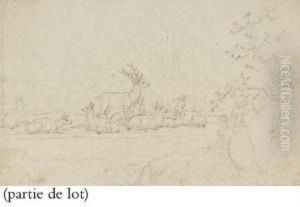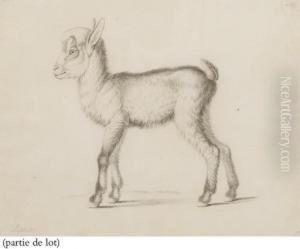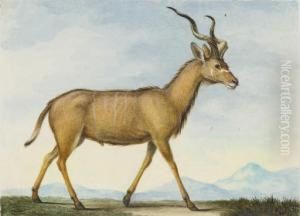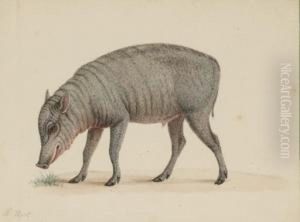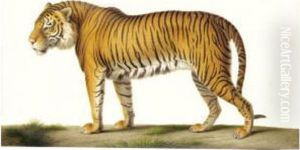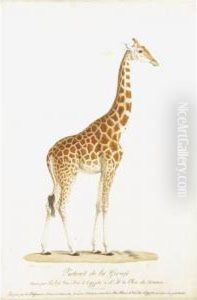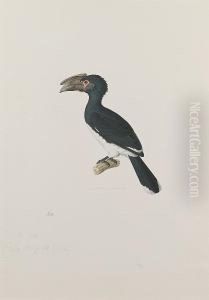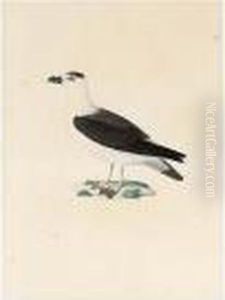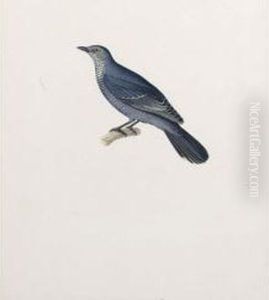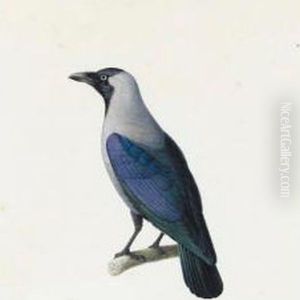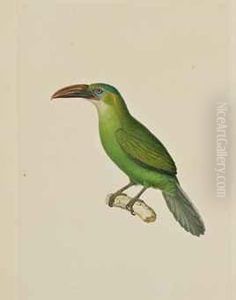Nicolas Huet Paintings
Nicolas Huet the Younger was a French painter known for his detailed depictions of animals, particularly exotic species that were being brought back to Europe as a result of colonial exploration during the late 18th and early 19th centuries. Born in 1770 in Paris, France, Huet came from a family with a strong artistic tradition. His father, Jean-Baptiste Huet I, was also a painter, and his brother, Jean-Baptiste Huet II, followed in their father's footsteps. This familial environment would have played a significant role in nurturing Nicolas's talents and interests in art from a young age.
Nicolas Huet was particularly recognized for his work as an illustrator and painter for the National Museum of Natural History in Paris. He worked closely with naturalists and scientists, providing illustrations for zoological publications and contributing to the visual documentation of newly discovered species. His illustrations were known for their accuracy and detail, which was extremely important for scientific purposes at the time.
Huet's body of work includes a wide range of subjects, from mammals and birds to reptiles and fish. One of his famous series of works includes illustrations for the 'Atlas of the Voyage of the Coquille,' which was a scientific expedition led by French explorer Louis Isidore Duperrey. The expedition took place between 1822 and 1825, and Huet's illustrations were instrumental in the dissemination of knowledge regarding the wildlife encountered during the voyage.
Despite the significance of his contributions to both art and science, Nicolas Huet the Younger is not as widely remembered as some of his contemporaries. Nevertheless, his works can be found in various museum collections and continue to be appreciated by those interested in natural history illustration. He passed away in 1830, leaving behind a legacy of detailed and precise natural history artwork that provides a window into the biodiversity of an era marked by curiosity and exploration.
